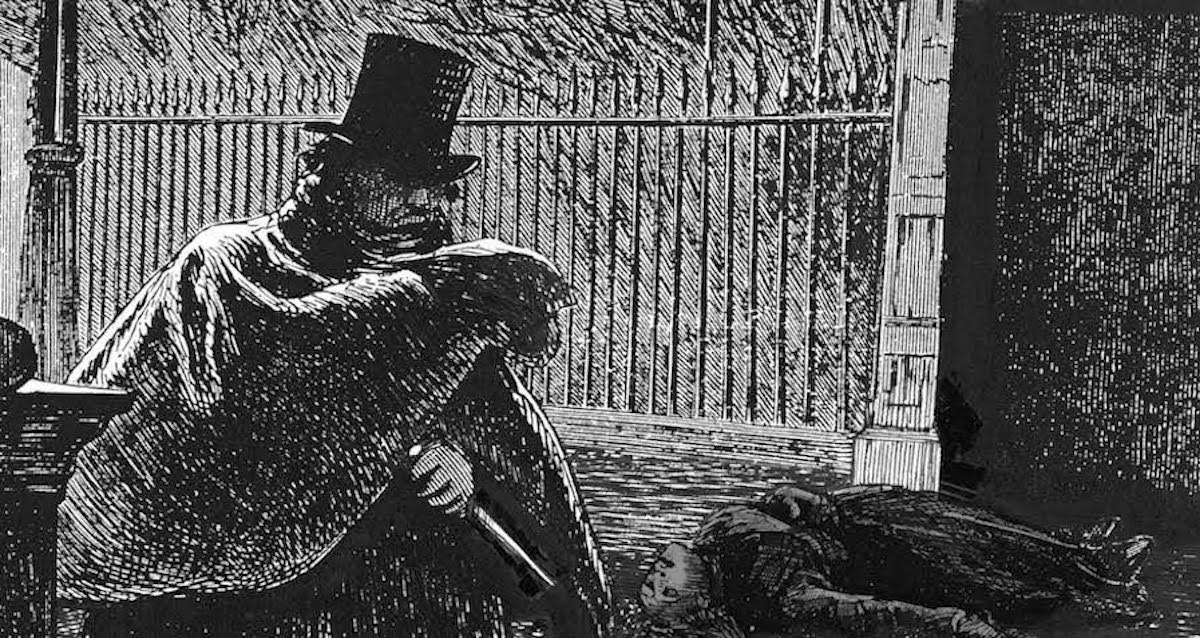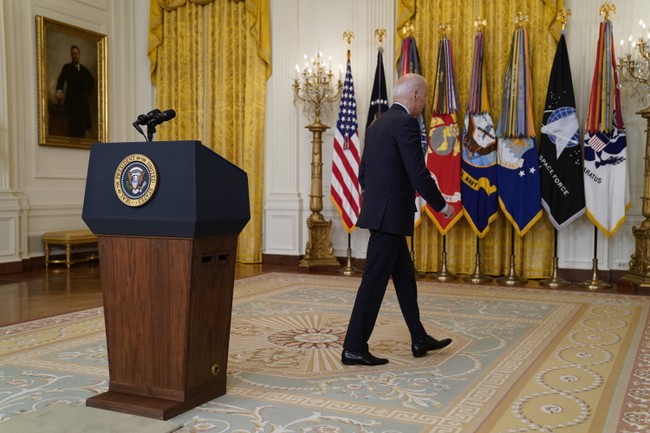
www.newsbusters.org
Blame Opie! Variety Slams Director Ron Howard for Movie Creating 'Monster' J.D. Vance
John Nolte at Breitbart pointed out on Wednesday that the Hollywood trade magazine Variety attacked director Ron Howard -- aka the beloved actor who played Opie Taylor/Richie Cunningham -- for having "created a monster" by making a movie based on the best-selling book Hillbilly Elegy by J.D. Vance, now Donald Trump's vice presidential nominee.
Their chief film critic Peter Debruge lowered the boom:
Unlike so many of the books published in the lead-up to someone’s political candidacy — such as Barack Obama’s 2007 The Audacity of Hope or Kamala Harris’ 2019 The Truths We Hold — Hillbilly Elegy wasn’t written for readers of Vance’s political persuasion. Rather, it served to explain to liberals why Trump would get elected that fall, inspiring waves of parachute journalism as reporters rushed to such communities to make sense of the strange turn national politics was taking.…
It was that dimension of Vance’s narrative that clearly attracted director Ron Howard and producer Brian Grazer — both self-avowed liberals, who may have created a monster by legitimizing his origin story, much as The Apprentice producer Mark Burnett did by giving Trump a reality TV spotlight back in 2004.
The "created a monster" line -- as well as putting it right next to Trump, like their twin monsters -- just screams "I'm a Democrat." But it also sounds like a tantrum. Vance was already a big success with the book -- and was a wealthy investor -- so it's not like Ron Howard made him. In a similar vein, Mark Burnett did not make Donald Trump, who was already one of America's most famous business moguls.
The key word here is "legitimize." These liberals don't like how popular culture has given them some measure of glamour. But at least you could charge Burnett's program starred the actual Trump. Ron Howard's movie cast two actors as J.D. Vance at different ages.
Debruge acknowledged Howard didn't see Vance's political career when he made the movie, which came out in 2020.
Speaking to Variety in 2022, Howard admitted to being surprised by Vance’s Trumpist turn. “He struck me as a very moderate center-right kind of guy,” Howard told Marc Malkin. “He apparently wasn’t interested in running for office.”
Their complaint was apparent from their headline: "How JD Vance Went From ‘Hillbilly Elegy’ to the Ultimate Celebrity Apprentice — Thanks to Hollywood’s Help."
















